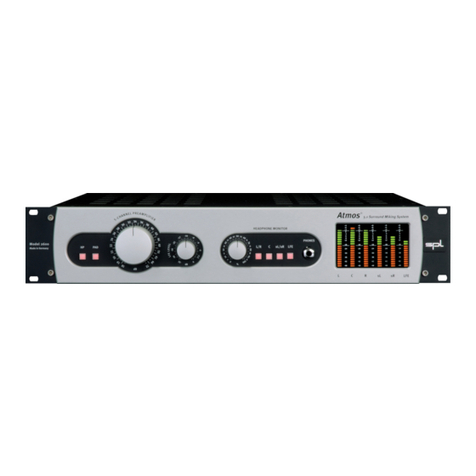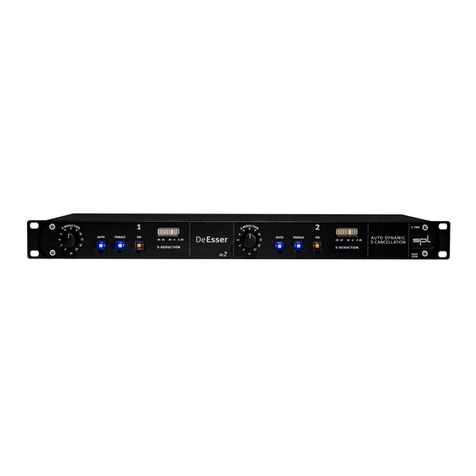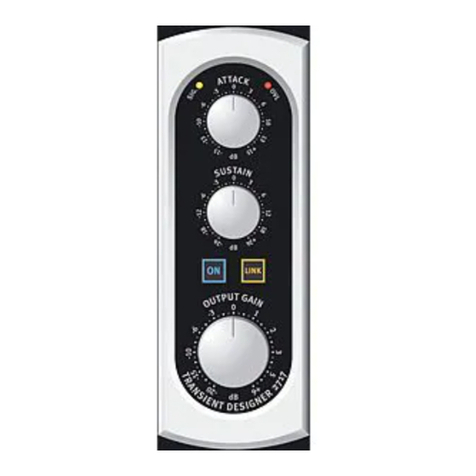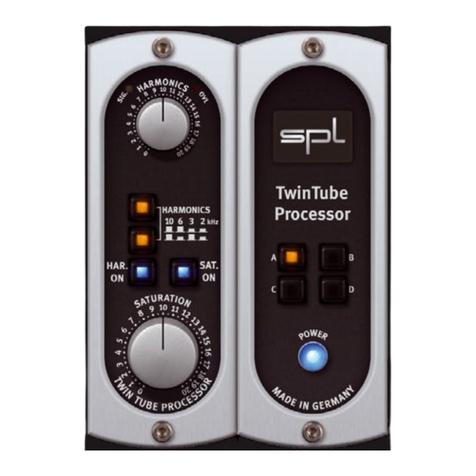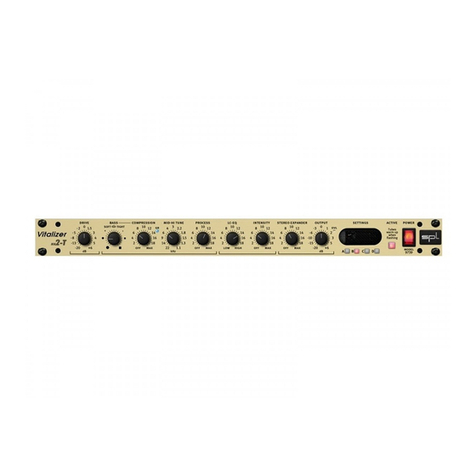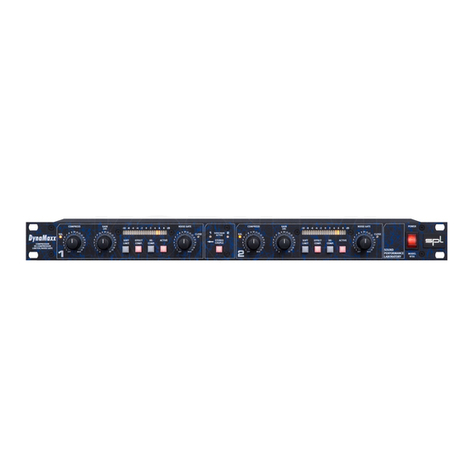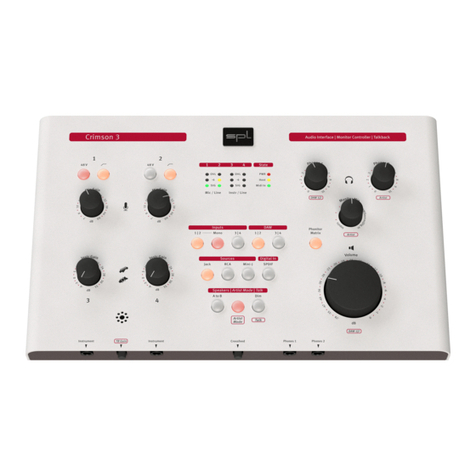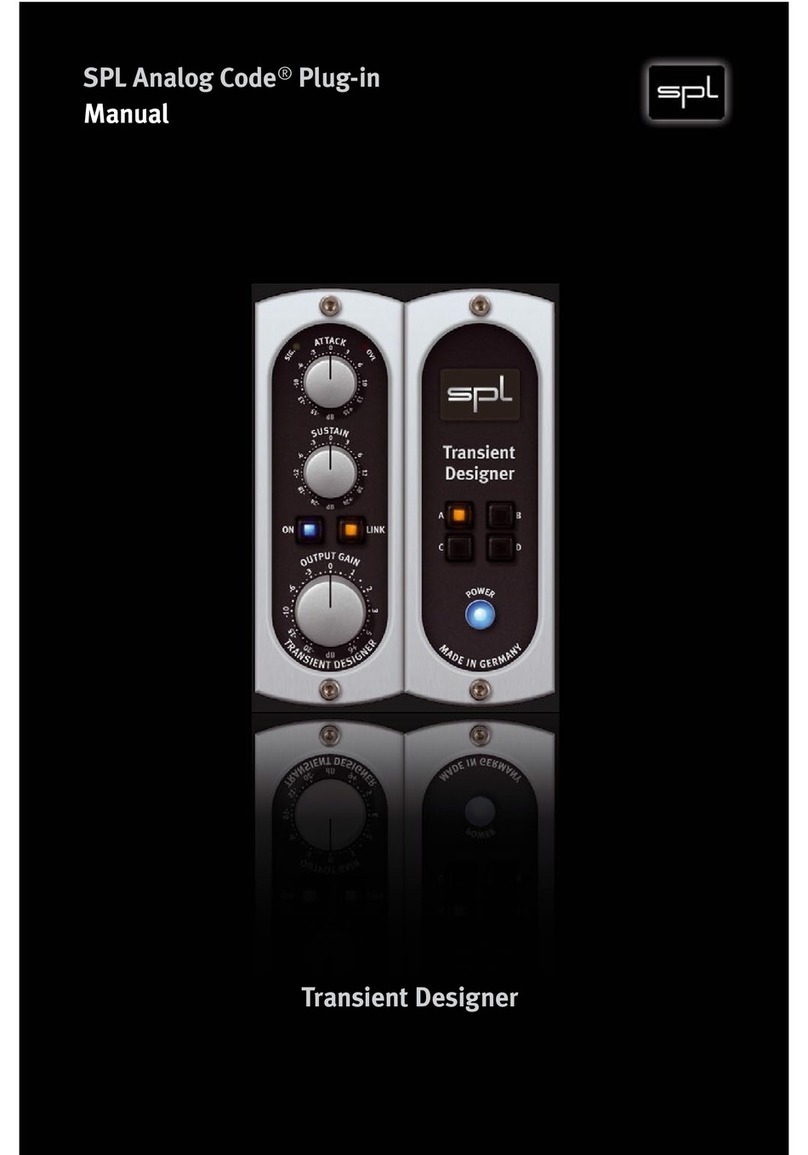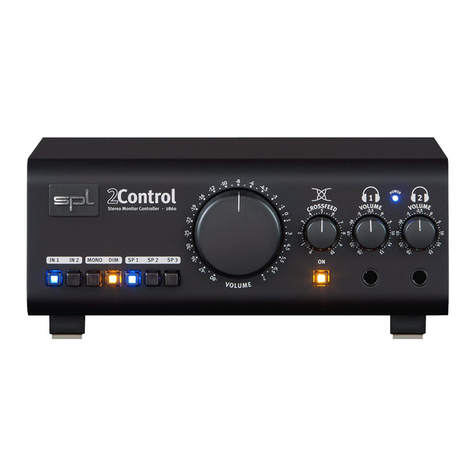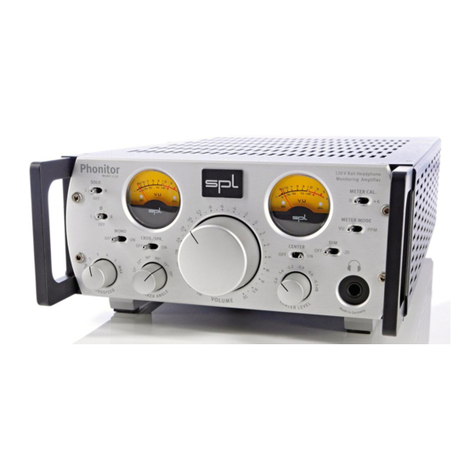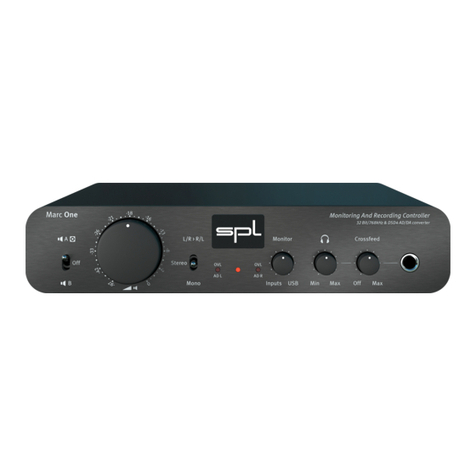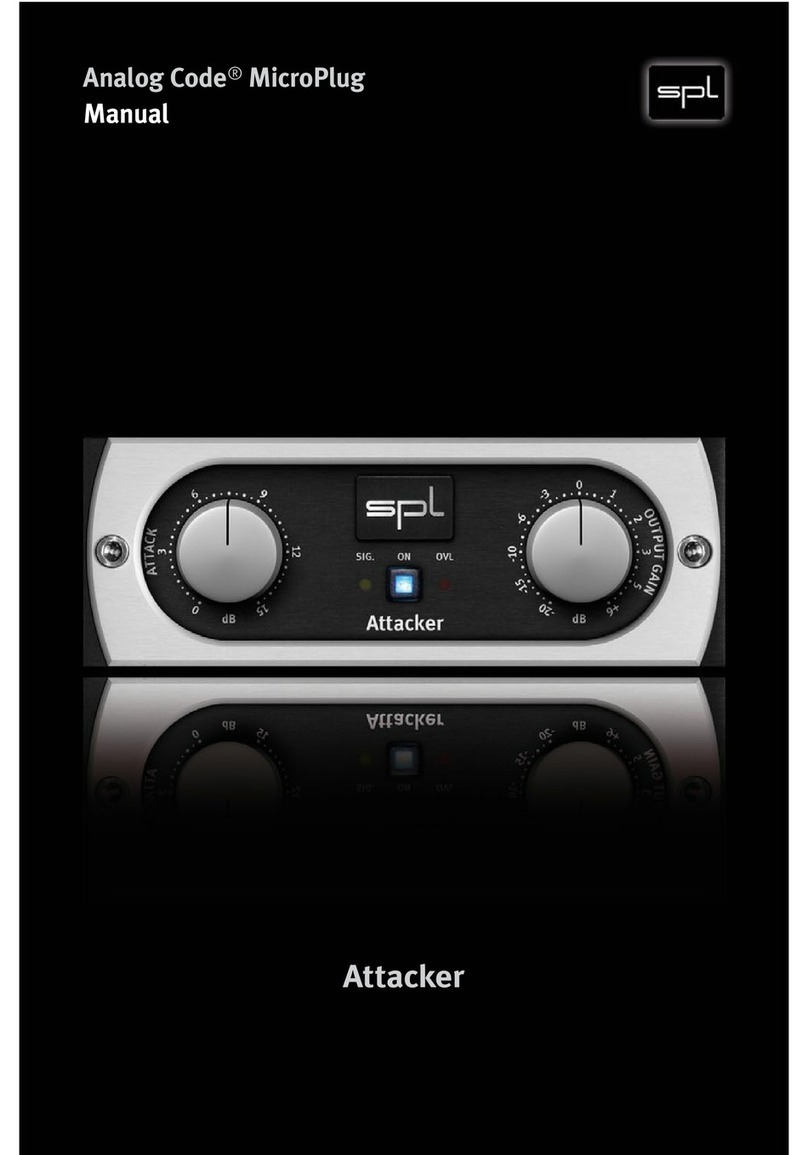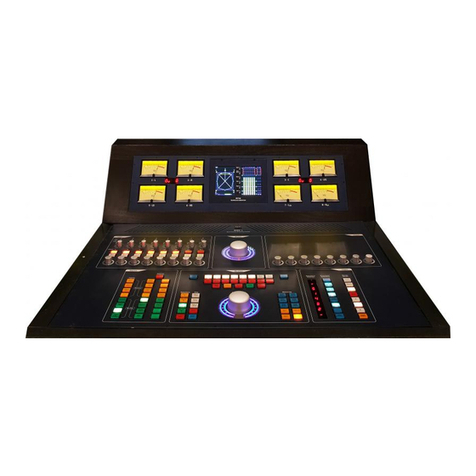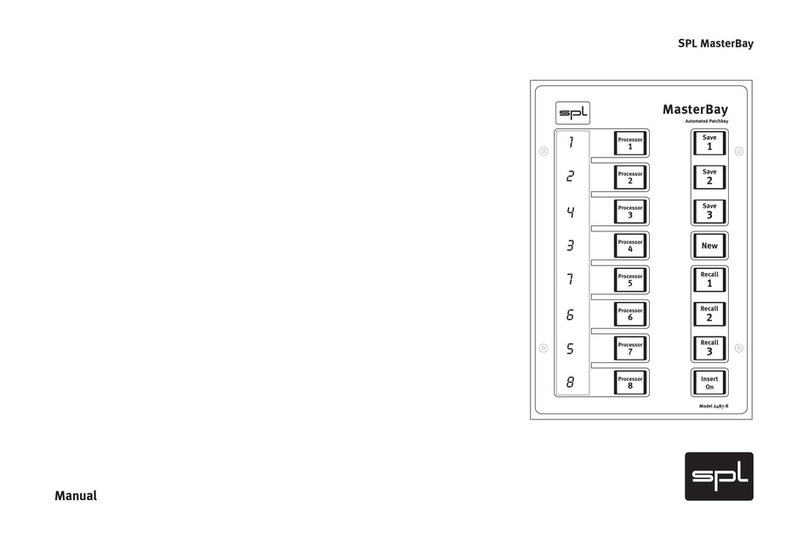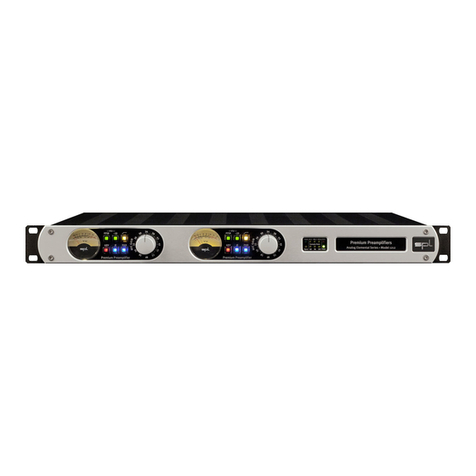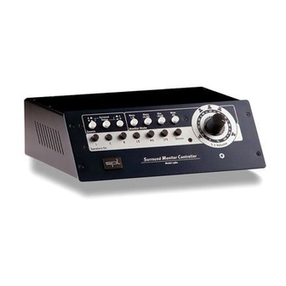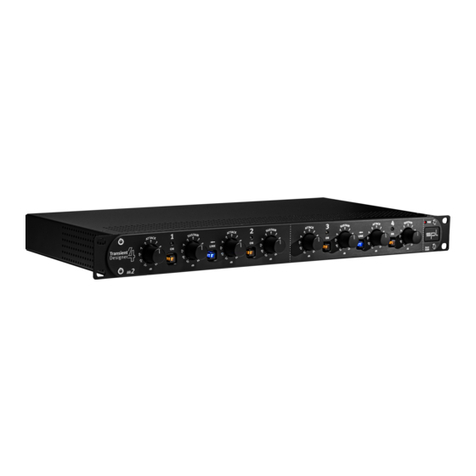
Symbols & Notes ............................................................................... 4
Scope of Delivery & Packaging ................................................................ 4
Important Security Information ............................................................... 4
Hook Up .......................................................................................... 5
Introduction ..................................................................................... 6
The Frontliner concept, Analog plug-ins ................................................... 6
Special technical features, Options ........................................................ 7
REAR PANEL ..................................................................................... 8
Standard wiring channel strip .............................................................. 8
Wiring examples: live and studio ............................................................ 9
Wiring examples: group of modules, Inserts ............................................. 1 0
Rear panel/sockets ........................................................................ 1 0
Signal connections, TRS socket, XLR sockets,
Balanced connections, Unbalanced connections ......................................... 11
Separate inputs and outputs, Preamplier: MIC IN,
Preamplier: LINE IN, Preamplier: OUT, De-Esser: IN and OUT ......................... 1 2
Compressor: IN and OUT, Equalizer/Tube Sat.: IN and OUT,
Main Outs OUT1 and OUT 2, AD Input 2, Power connection and fuses ................... 13
Rear Panel/Switches ....................................................................... 1 4
Voltage selector, Power switch, 48 V phantom power/rear switches, GND Lift .......... 14
CONTROL ELEMENTS ........................................................................... 1 5
Preamplier ................................................................................. 1 5
MIC GAIN, MIC GAIN adjustments, 48 V, Activating phantom power ..................... 15
Phase reverse, High-pass lter, PAD, Instrument input ................................... 16
LINE GAIN/INSTR. GAIN, LINE GAIN and INSTR. GAIN adjustments,
INSTR. LINE IN, TUBE +15 dB ................................................................ 17
De-Esser .................................................................................... 1 8
ON, S-REDUCTION, SPL De-Esser technology ............................................. 18
Compressor/Limiter ........................................................................ 19
ON, THRESHOLD, RATIO, ATTACK .......................................................... 19
ATTACK with cruise control: Auto Mode, RELEASE,
RELEASE with cruise control: AUTO-Mode, MAKE UP ..................................... 20
Equalizer/Tube Saturation ................................................................. 21
ON, EQ PRE COMP., MHF (mid-/hi lter), MHF -/+ (cut/boost MHF)
2 1
LMF (low/Mid lter), LMF -/+ (cut/boost LMF),
AIR BAND, TUBE SATURATION .............................................................. 22
VU-Meter .................................................................................... 23
VU-Meter, VU/GR switch, 0 dB/-10 dB switch, VU/PPM switch ............................ 23
Output ....................................................................................... 24
OUTPUT, AD OVL-LED, MUTE switch ...................................................... 24
External Inputs ............................................................................. 25
Excluding a single module, Excluding a group of two or three modules, Ungroup ...... 25
Determining inserts, Key lock, Keys and switches ......................................... 26
Options .......................................................................................... 27
24/96 A/D converter model 2376, Information on I/O transformers .. . . . . ......... . . . ... 27
Specications ................................................................................... 28
Copy master: recall settings ................................................................... 30
Block diagrams .................................................................................. 31
Table Switch Logic .............................................................................. 33
Content
